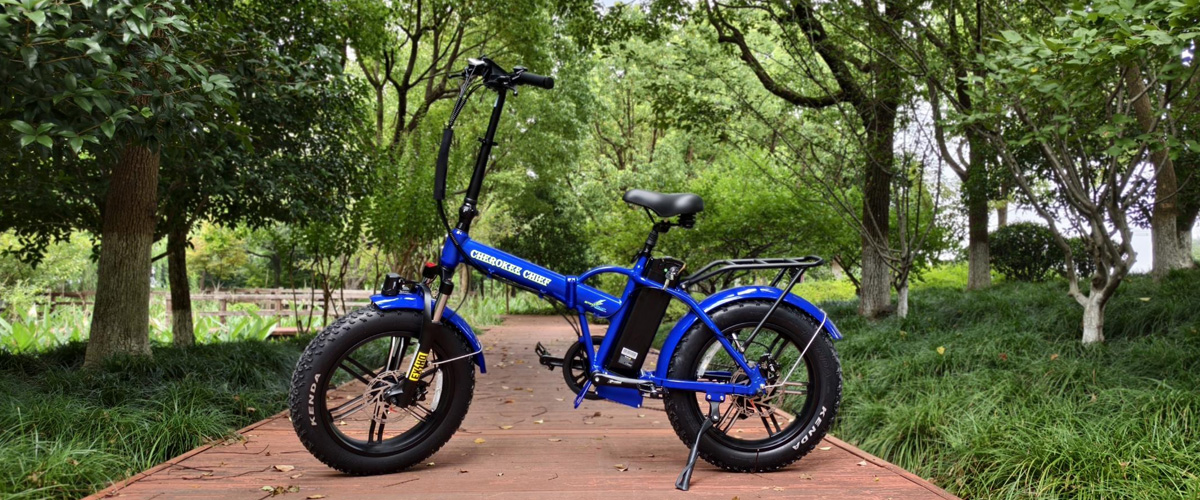In recent years, two-wheeled electric vehicles, commonly referred to as e-bikes or electric scooters, have surged in popularity as an innovative solution for urban transportation. These electric-powered alternatives, including wholesale custom electric scooters, are transforming the way people navigate city streets, offering a blend of convenience, efficiency, and sustainability.

Two-wheeled electric vehicles, including the electric pedal scooter bike, are equipped with an electric motor that assists with propulsion, making it easier to travel longer distances with less physical effort compared to traditional bicycles. This motor is powered by a rechargeable battery, which typically provides a range of about 20 to 50 miles on a single charge, depending on the model and usage. The electric motor can be integrated into the bike's wheels or mounted on the frame, and riders can choose different levels of assistance based on their needs.
a. Eco-Friendly Transportation
One of the primary advantages of electric two-wheeled vehicles is their environmental impact. By reducing reliance on fossil fuels, these vehicles contribute to lower carbon emissions and promote cleaner air quality. As cities grapple with pollution and climate change, adopting electric bikes and scooters represents a significant step toward more sustainable urban living.
b. Cost-Effective
Electric two-wheeled vehicles are also cost-effective. Compared to owning a car or using public transportation, e-bikes and scooters are relatively inexpensive. They have lower operational costs, as electricity is cheaper than gasoline, and maintenance is minimal. This affordability makes them an attractive option for daily commutes and short trips.
c. Convenience and Flexibility
E-bikes and scooters offer unparalleled convenience. They are agile and can easily navigate through congested traffic, reducing commute times. Many models are designed to be foldable or compact, allowing for easy storage and transport. Additionally, riders can avoid parking hassles and the often-long walks from parking garages to their destinations.
d. Health Benefits
While electric two-wheeled vehicles do provide motorized assistance, they still encourage physical activity. Riders engage in pedaling or steering, which can contribute to cardiovascular fitness and overall health. The ability to control the level of assistance allows users to adjust the amount of exercise they receive based on their fitness goals.
Despite their advantages, there are challenges associated with electric two-wheeled vehicles. Battery life and charging infrastructure are critical factors. Users must plan for charging needs, especially on longer trips. Safety is another concern, as increased speeds and varying traffic conditions require heightened awareness and proper protective gear.
The future of electric two-wheeled vehicles looks promising as technology continues to advance. Innovations in battery technology, motor efficiency, and smart features are expected to enhance performance and user experience. Lantu electric bicycles factory is at the forefront of these developments, continuously improving their products. Additionally, growing urbanization and environmental concerns are likely to drive further adoption of these eco-friendly transportation options.